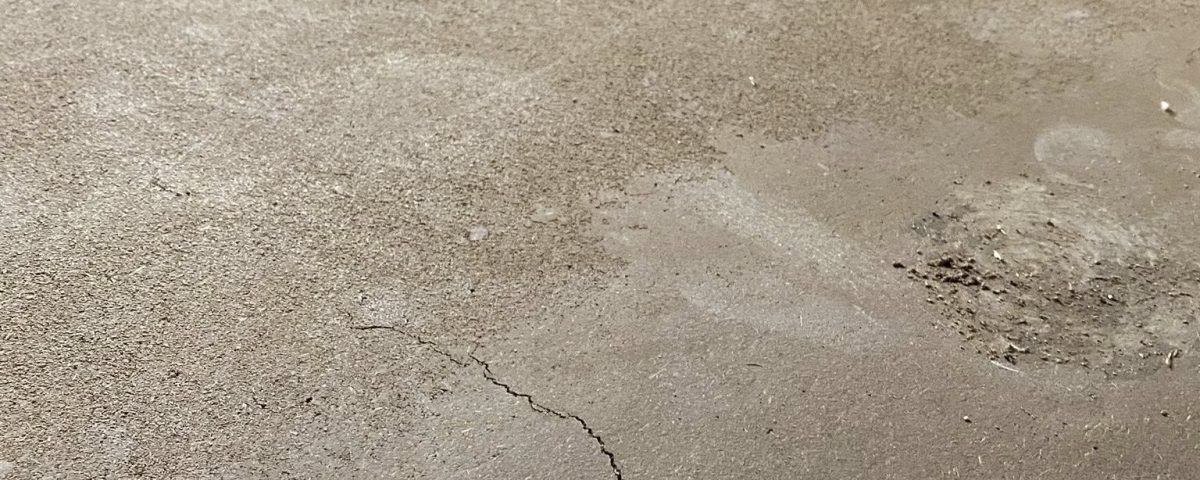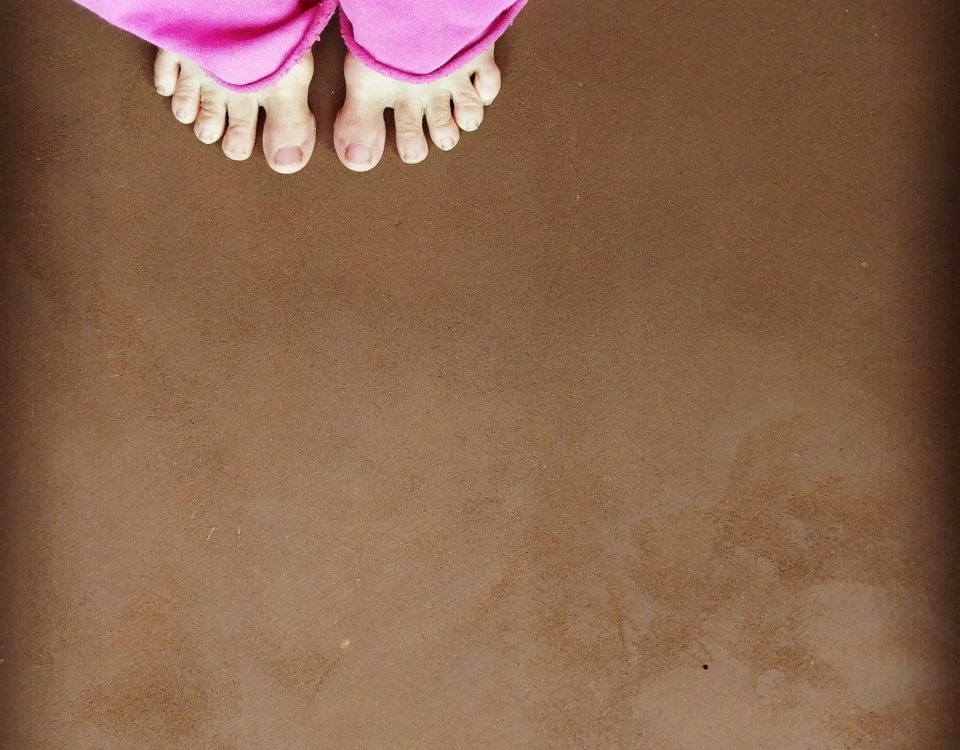
Why Isn’t Australia Building More With Hemp and Straw?
13/06/2025Earth floors and walls add natural beauty and sustainability to any home, but like all natural materials, they sometimes develop cracks. If you’ve noticed cracks starting to form, don’t panic!
In a world increasingly focused on sustainability and wellness, earth floors have been quietly making a comeback. Made from natural materials like clay, sand, and sometimes straw or other fibres, earth floors offer a beautiful and eco-friendly alternative to conventional flooring. They’re breathable, helping to regulate humidity and improve indoor air quality naturally. Unlike synthetic materials, earth floors don’t off-gas harmful chemicals, creating a healthier living environment for you and your family.
Beyond their environmental benefits, earth floors bring a unique aesthetic — warm, tactile, and grounded. Each floor tells a story through its textures, colours, and natural imperfections, making your home feel connected to the land and the seasons. Many people choose earth floors for their ability to store and release heat slowly, providing natural temperature regulation that keeps homes cooler in summer and warmer in winter.
But earth floors are living surfaces. Their natural materials expand, contract, and respond to moisture changes in the environment. This means that cracks can appear over time — a normal part of the floor’s lifecycle. Understanding how to care for and repair these cracks ensures your earth floor remains beautiful, durable, and functional for many years.
In this post, we’ll guide you through what to do when your earth floor or wall develops cracks, helping you maintain the charm and performance of your natural flooring.
Step 1: Assess the Damage
First, check if your earth floor or wall is layered. Gently press on the cracked area—if the layer moves or breaks away (this is called delamination), you’ll need to remove and replace those parts. If the layers are still firmly attached, you can proceed to fill the cracks without a full replacement.
Step 2: Prepare the Area
Wet the damaged area and the surrounding surface. This moisture helps you blend the repair material smoothly with the existing floor or wall.
Step 3: Fill the Cracks
If there’s no delamination, fill the cracks with the same earth mixture you originally used. Use a wood or metal float to smooth it out seamlessly.
If you do have to replace delaminated chunks, carefully remove the loose pieces, wet the surrounding area, and float new earth material into place. For large repairs, adding extra sand to your mix can help reduce the chance of future cracks.
Step 4: Understand the Science Behind Cracks
Earth floors and walls are made of clay and sand. Clay acts as the binder but shrinks as it dries, causing cracks. Sand serves as the stable “building block” that doesn’t expand or contract much. This is why cracks appear—clay shrinks, but sand stays put.
Step 5: Let It Settle
If cracks appear early on, it’s often best to wait a few weeks before repairing. Heat and ventilation will help the material dry fully and stabilize. Once dry, you can sand the cracks lightly and fill them with a mix of clay and sand.
Pro Tips:
-
Avoid repairing cracks if your earth floor or wall has already been sealed with oil, as the moisture needed for repair won’t penetrate.
-
For layered floors, delamination is the key sign to watch for—if layers move, full replacement of that section is needed.
-
Regular ventilation and gentle heating can prevent excessive cracking by helping the earth dry evenly.
How to Seal Your Earth Floor to Prevent Future Cracks
Once you’ve repaired any cracks, sealing your earth floor properly is key to protecting it and reducing the chance of new cracks forming. Sealing helps lock in moisture balance, making the surface more durable and resistant to wear.
Here are some tips for sealing your earth floor effectively:
- Use natural sealers: Many people prefer natural oils such as linseed oil, tung oil, or finishing oils specifically designed for earthen surfaces. These penetrate the floor, strengthening it while allowing it to breathe—crucial for maintaining moisture balance and preventing cracking.
- Avoid non-breathable coatings: Steer clear of synthetic sealers like polyurethane or varnishes that create a plastic-like barrier. These trap moisture and can cause the clay to crack underneath.
- Apply multiple thin coats: Rather than one thick coat, use several thin layers of oil, allowing each to absorb fully before applying the next. This builds up a protective barrier without sealing the floor too tightly.
- Maintain ventilation: Even after sealing, ensure good airflow in your space to help the floor regulate moisture naturally. This prevents excessive drying or dampness, both of which can cause cracks.
- Regular upkeep: Over time, the sealer will wear down, especially in high-traffic areas. Reapply oil coatings as needed to keep your earth floor resilient and looking great.
Earth floors and walls are a living, breathing part of your home’s ecosystem. With a little patience and the right care, those cracks can be fixed, keeping your natural space strong and beautiful for years to come.




